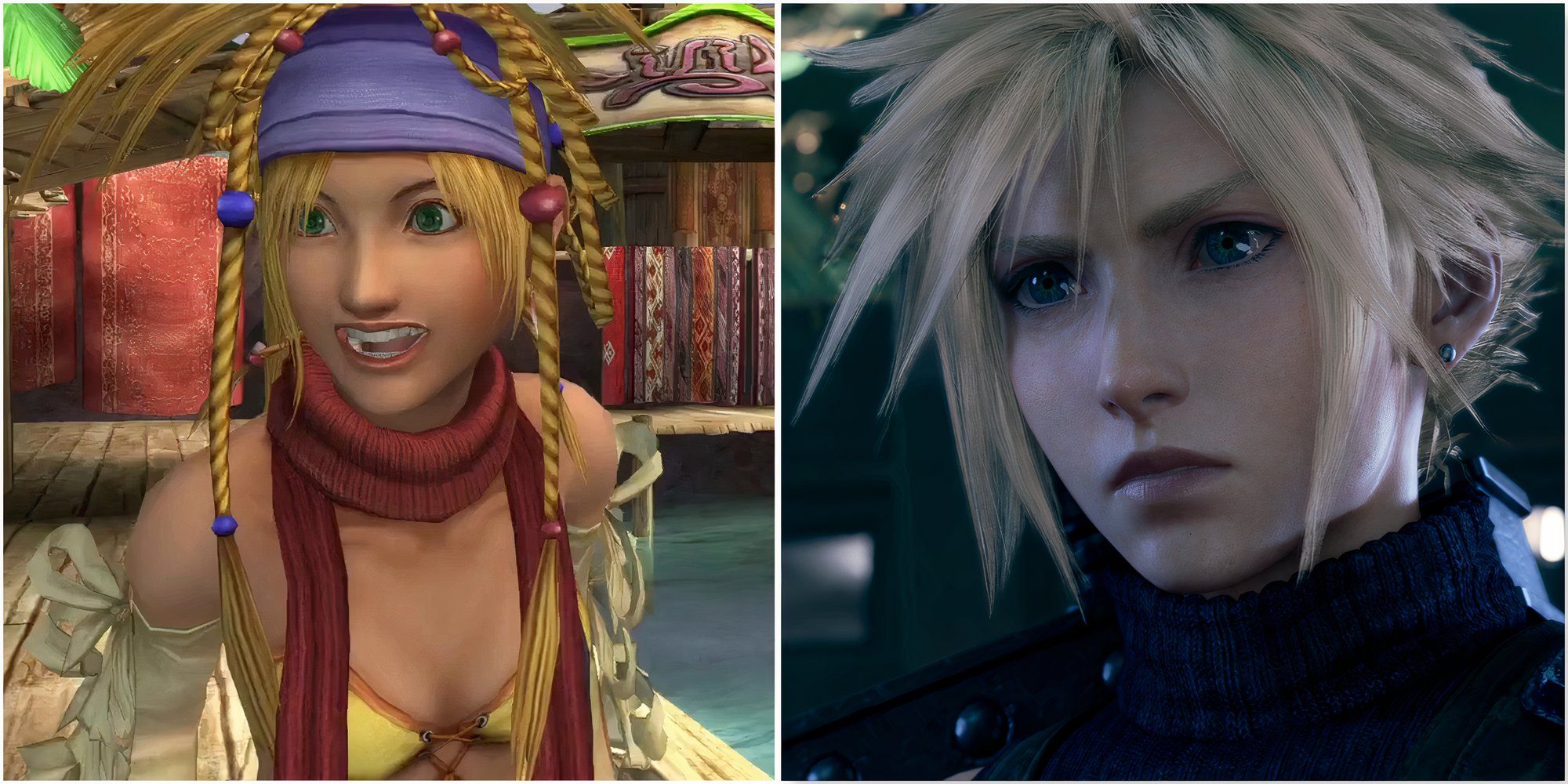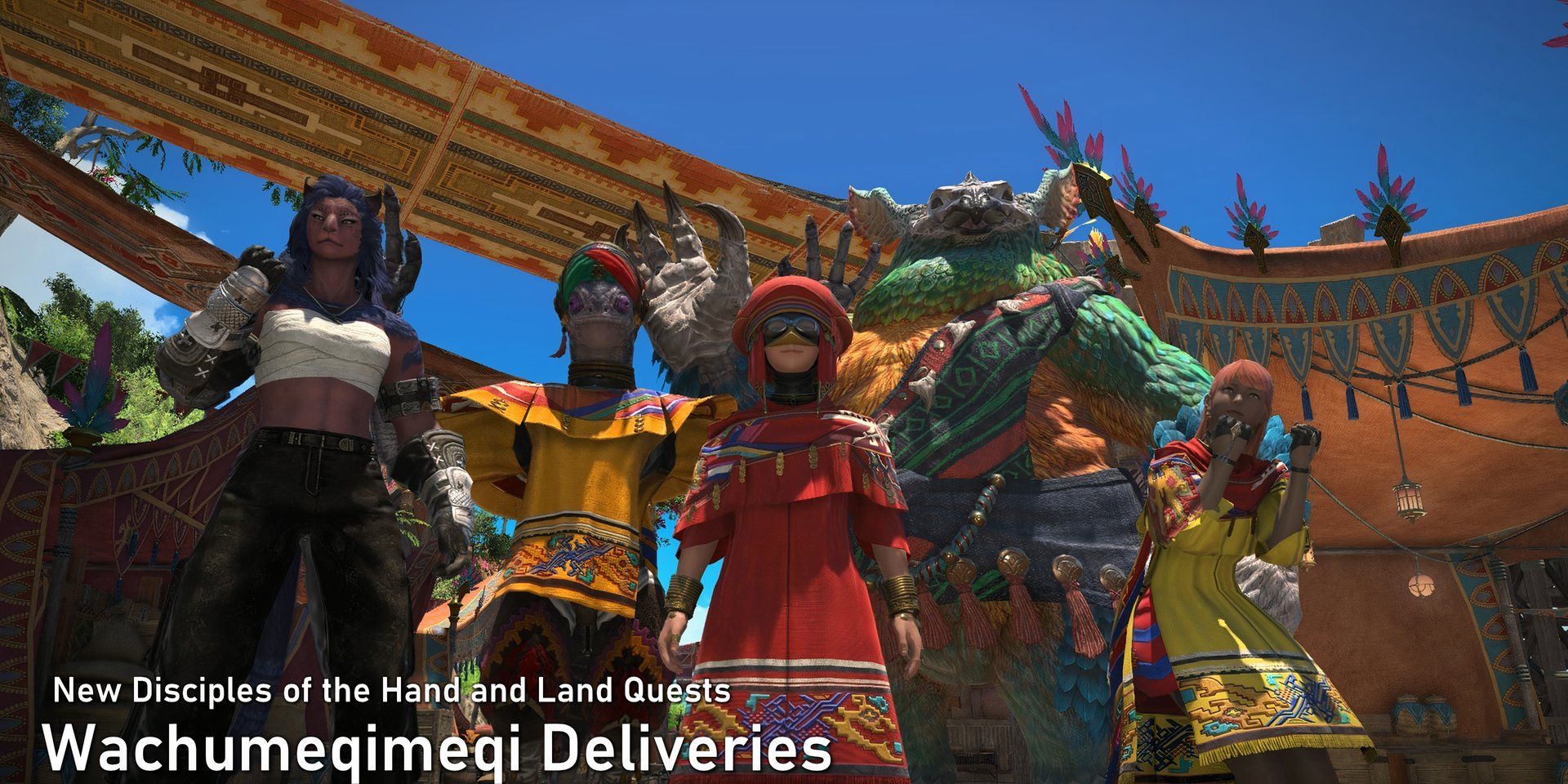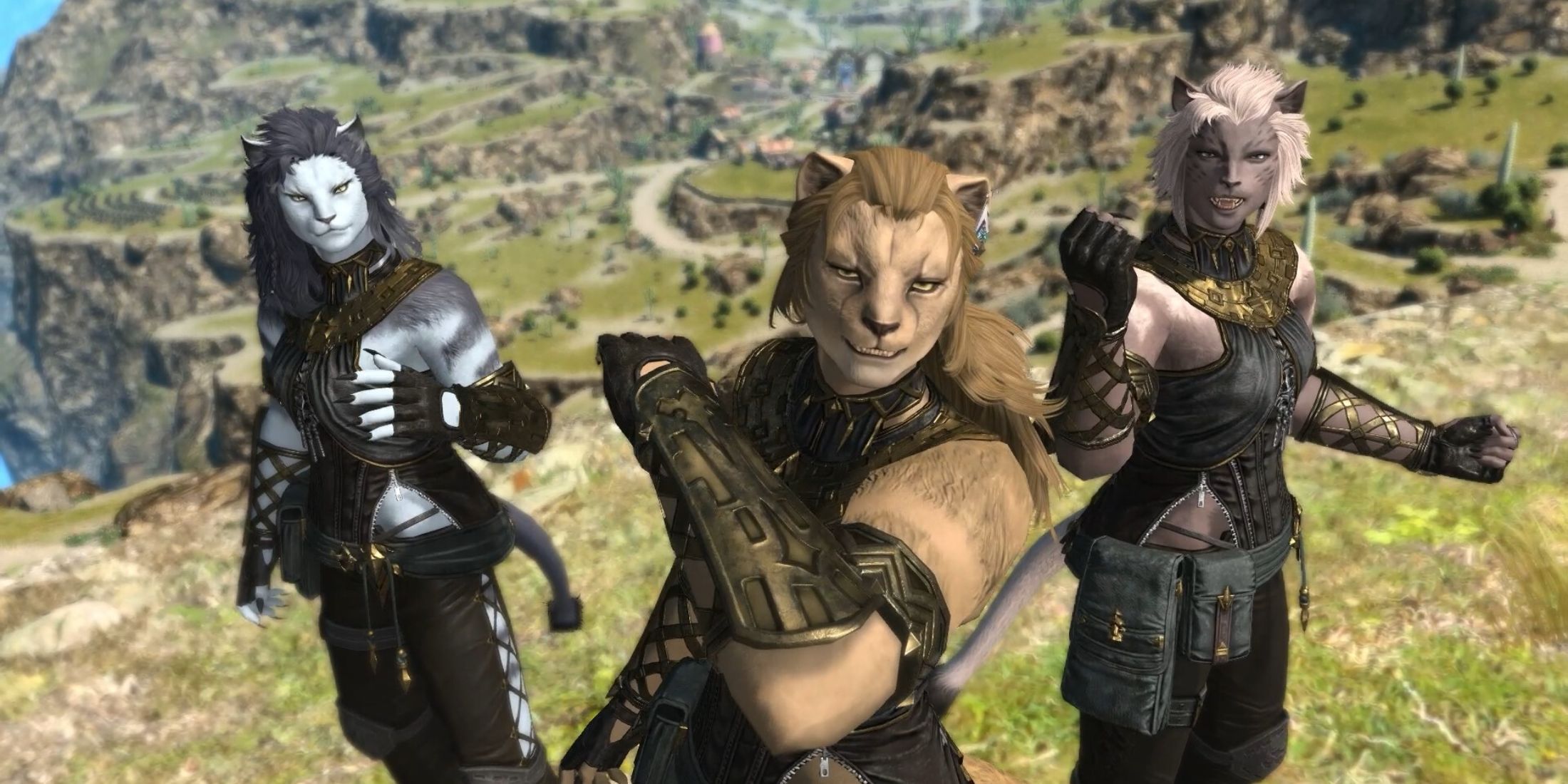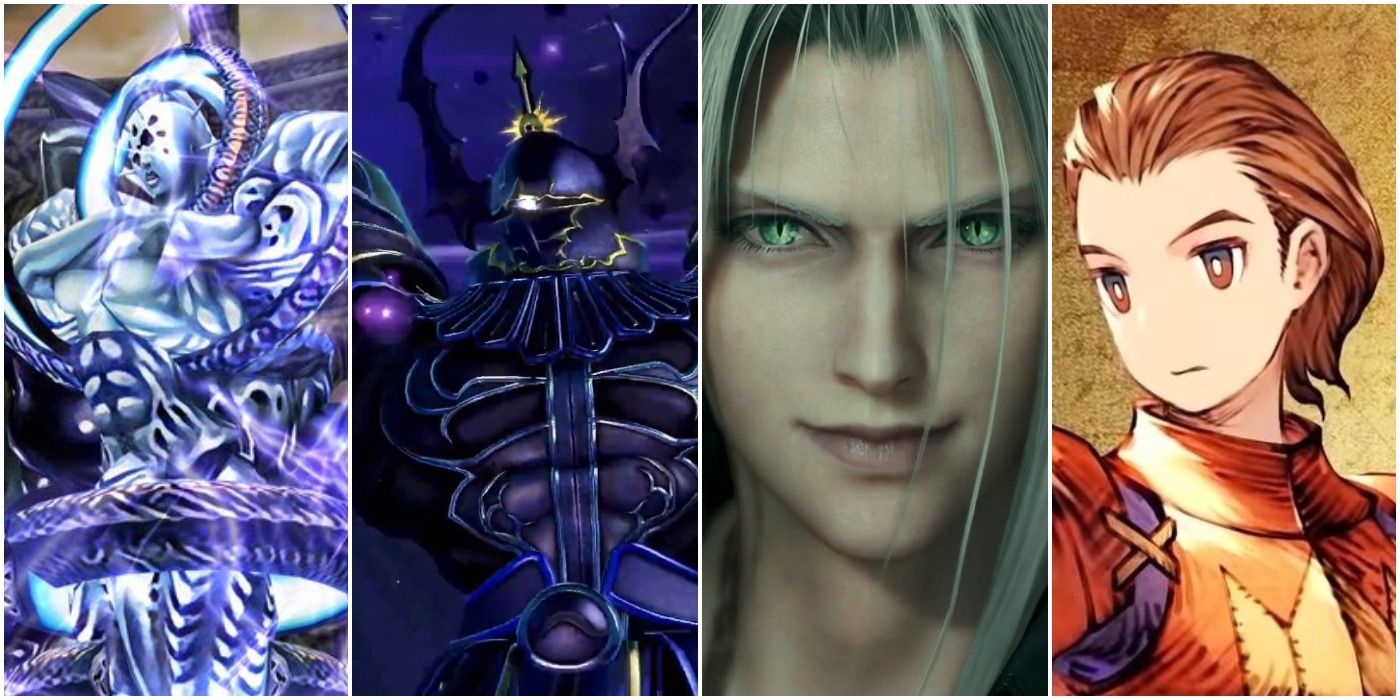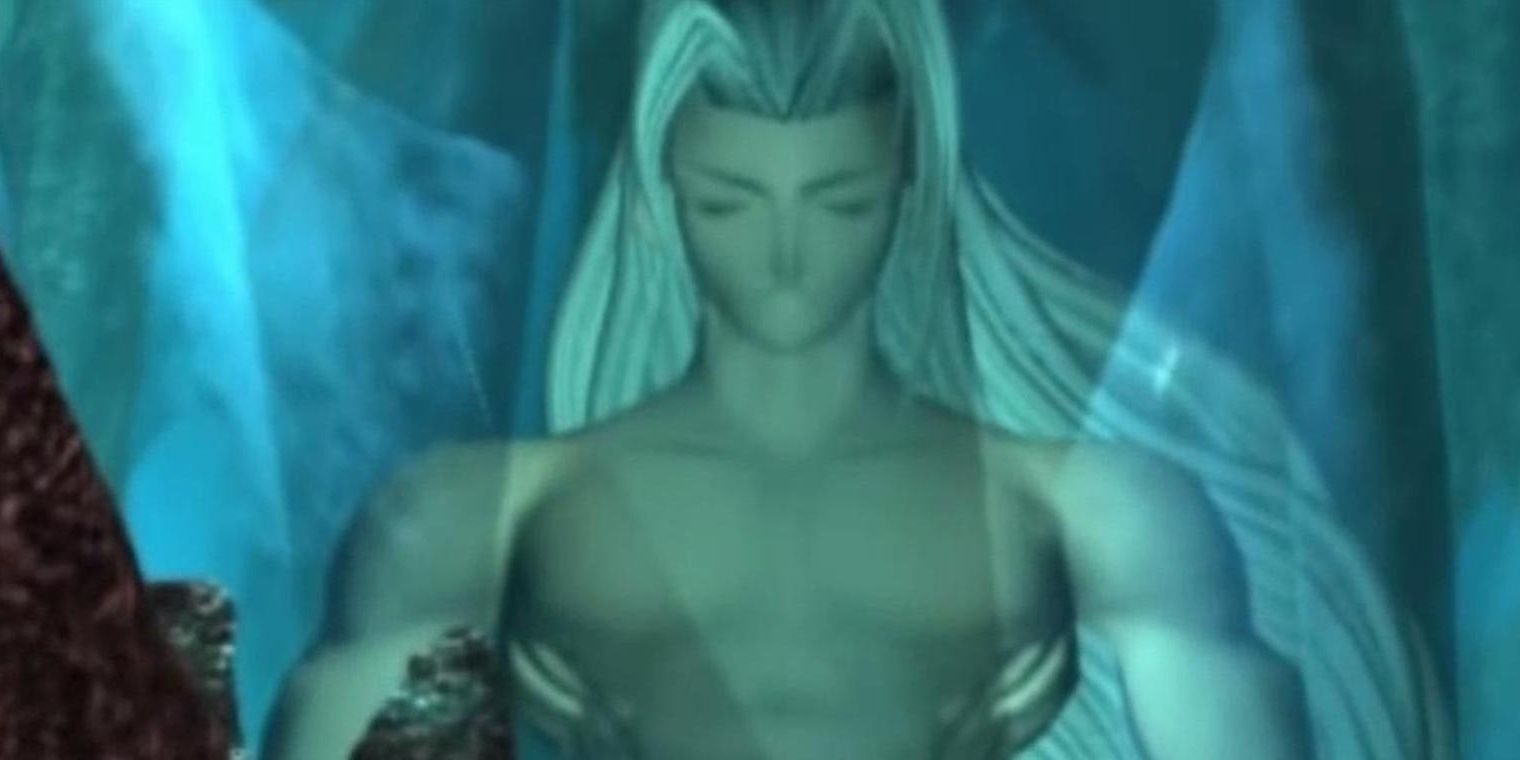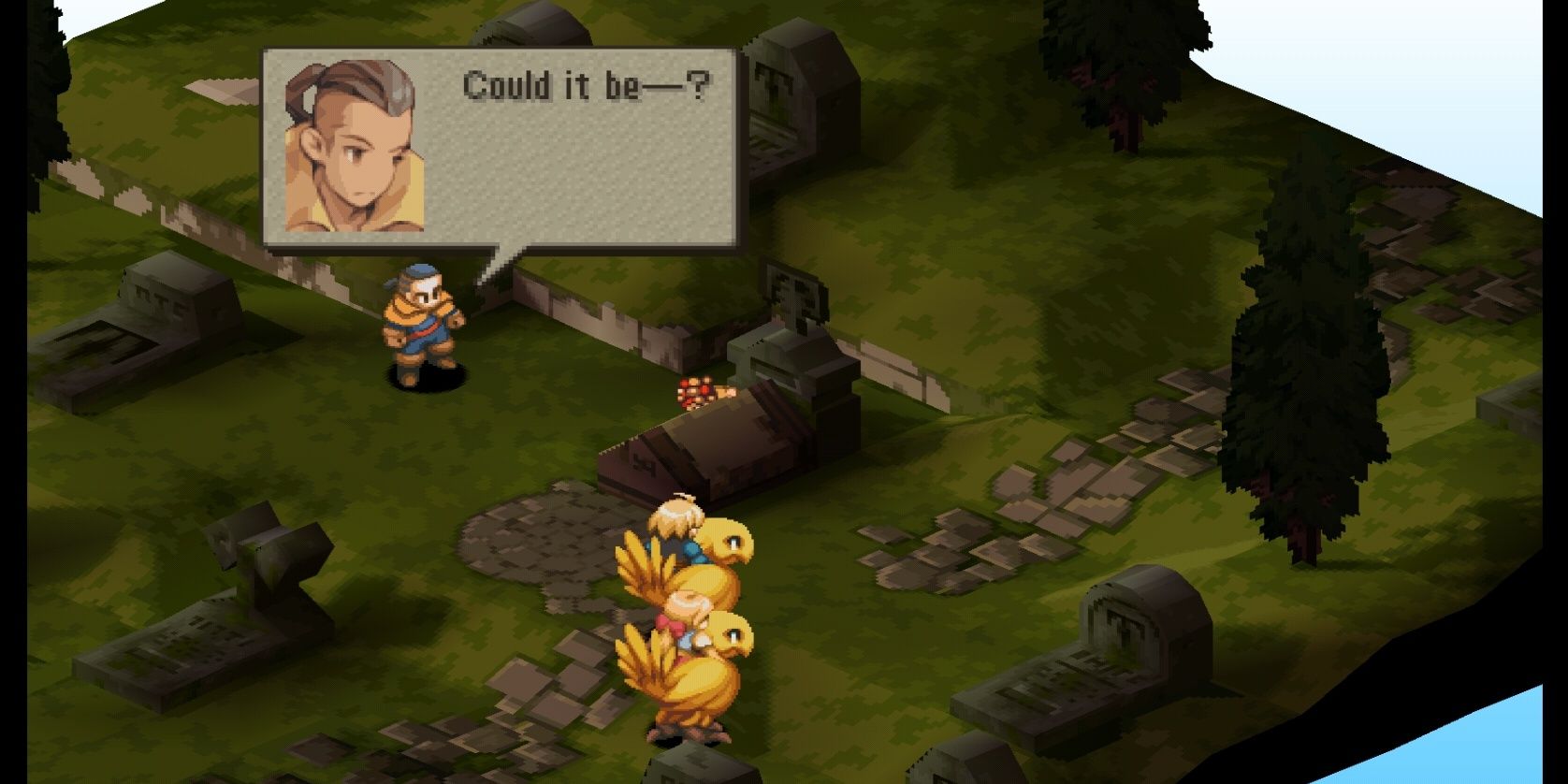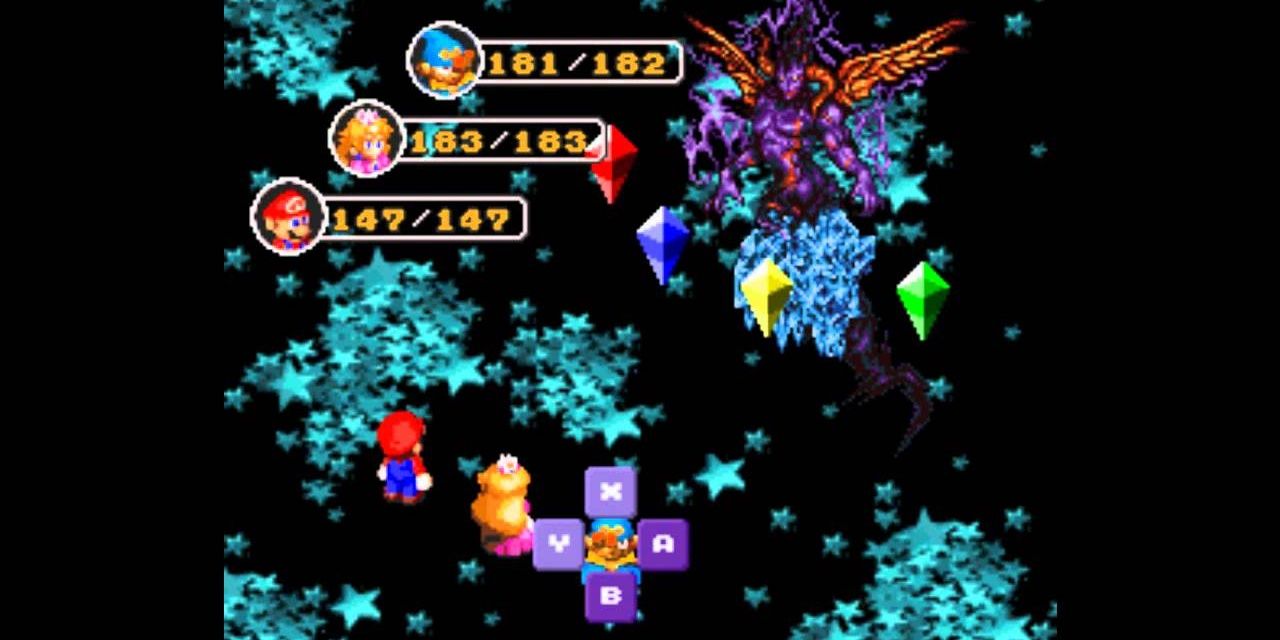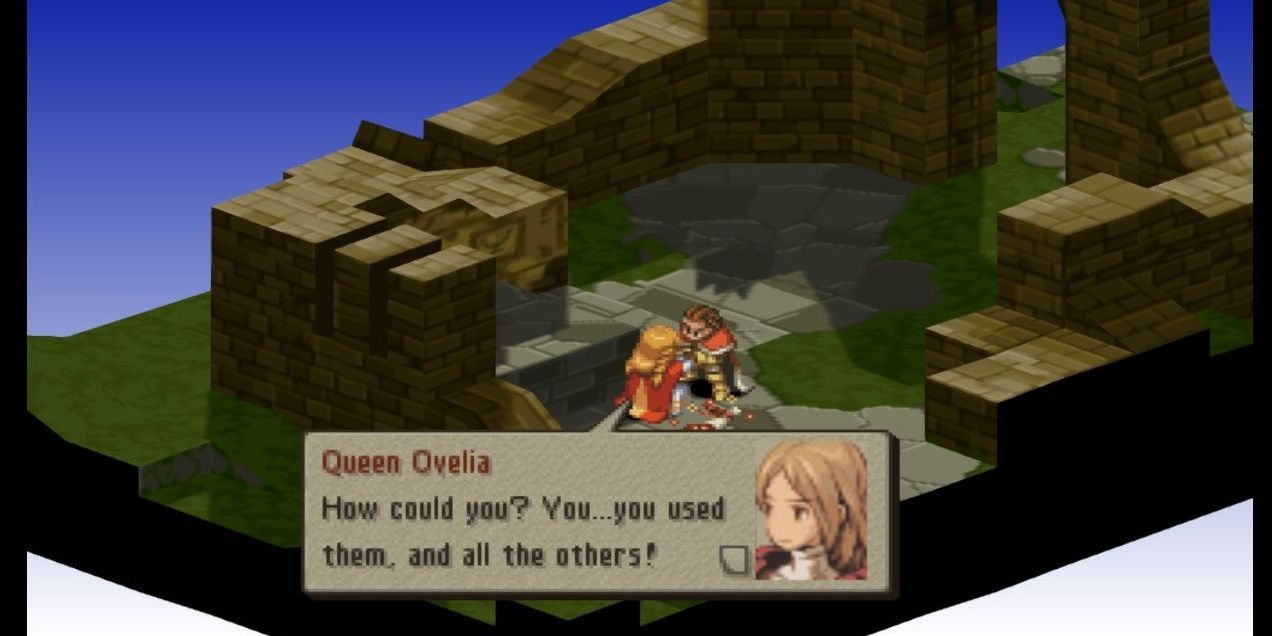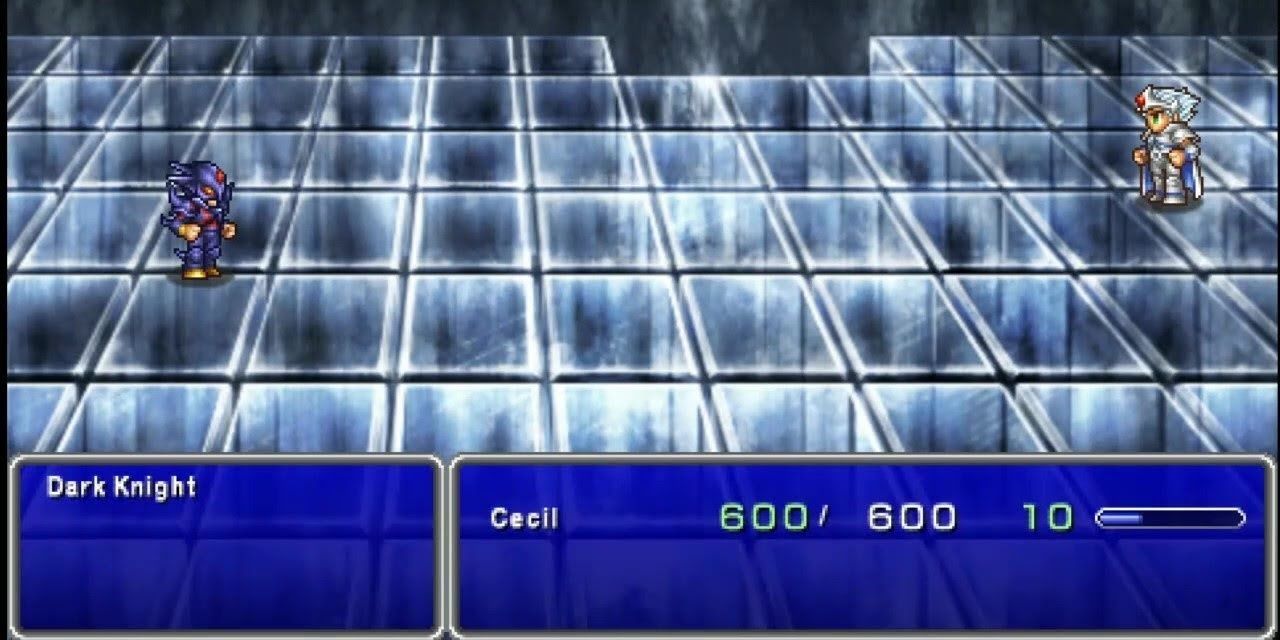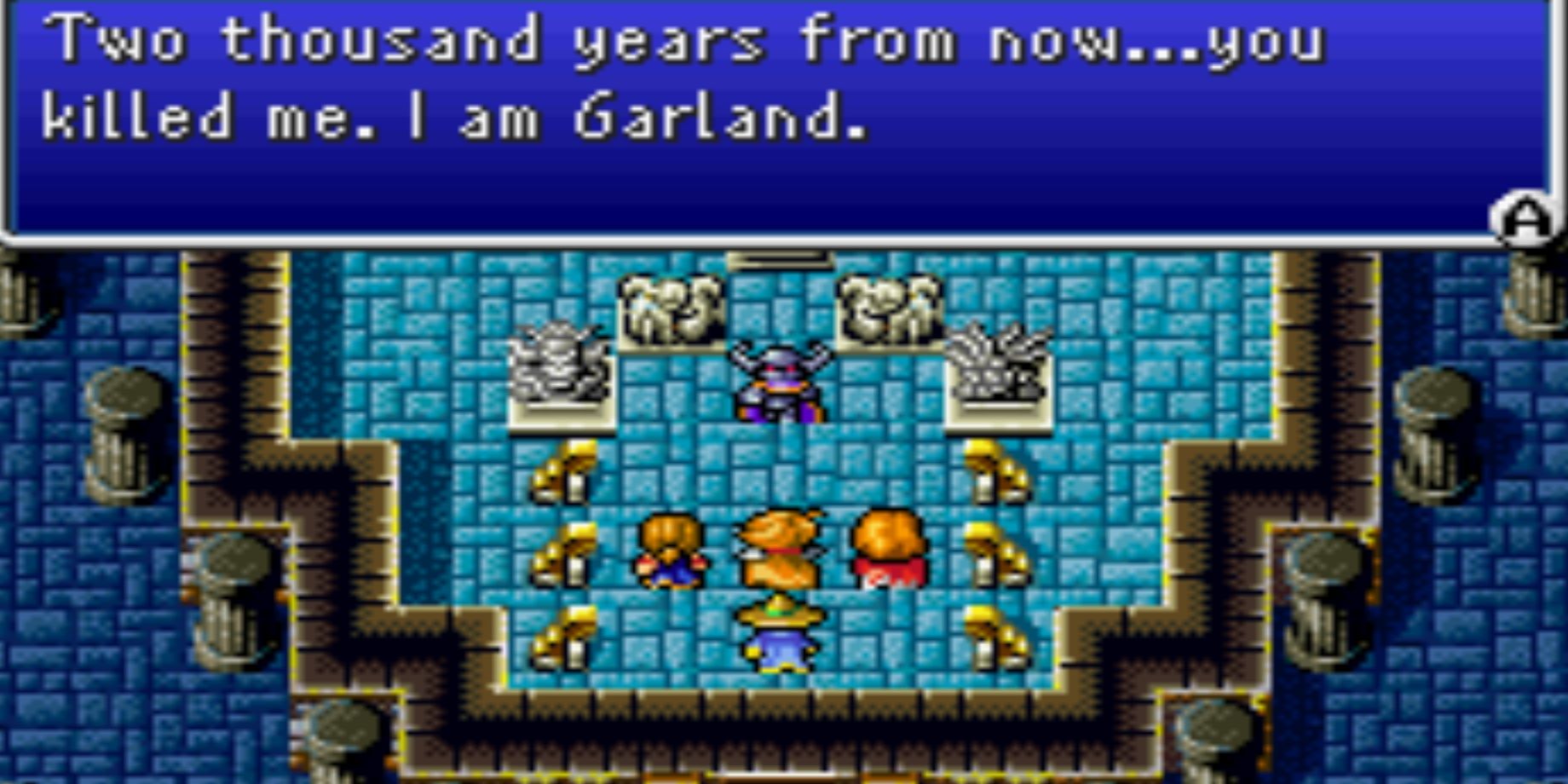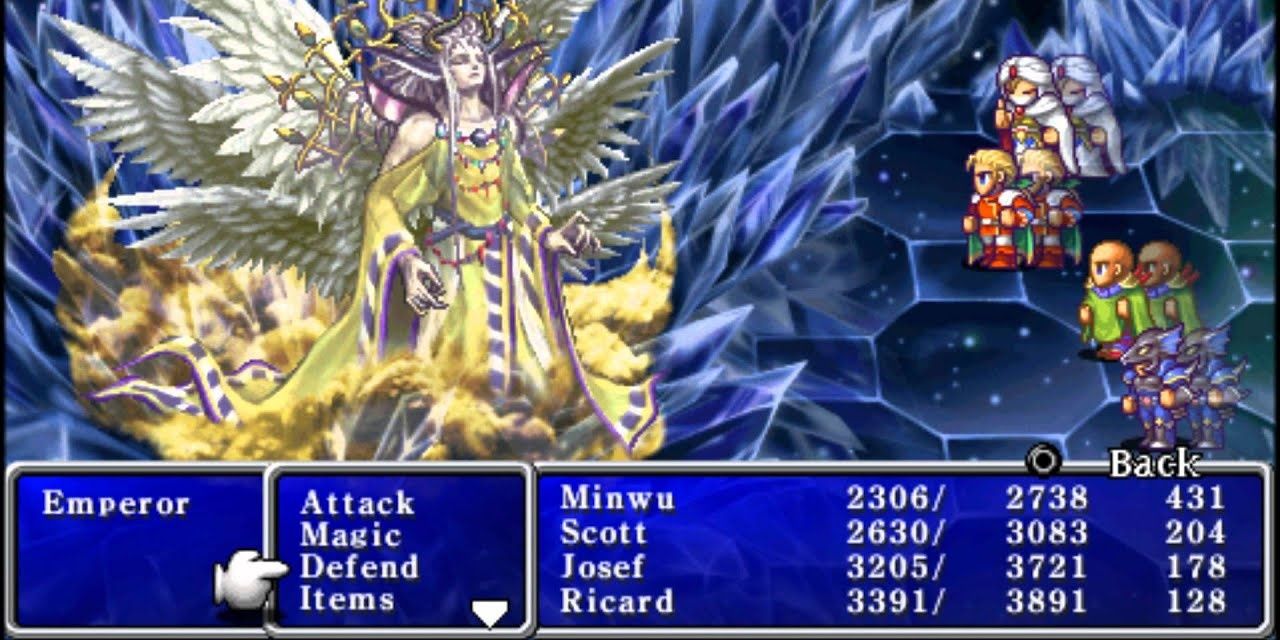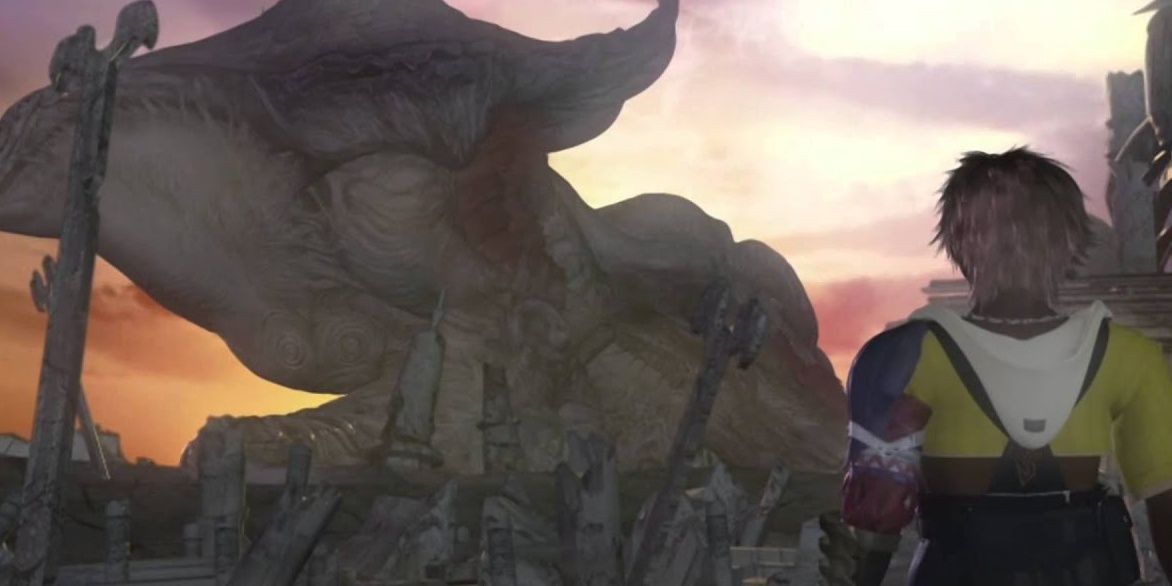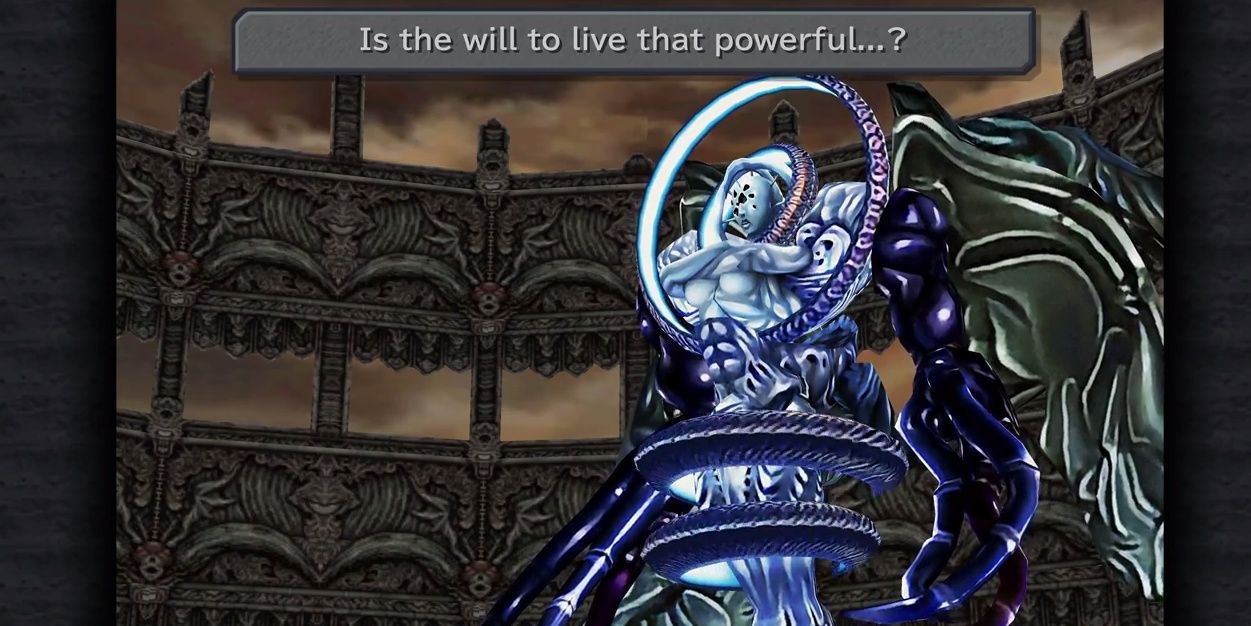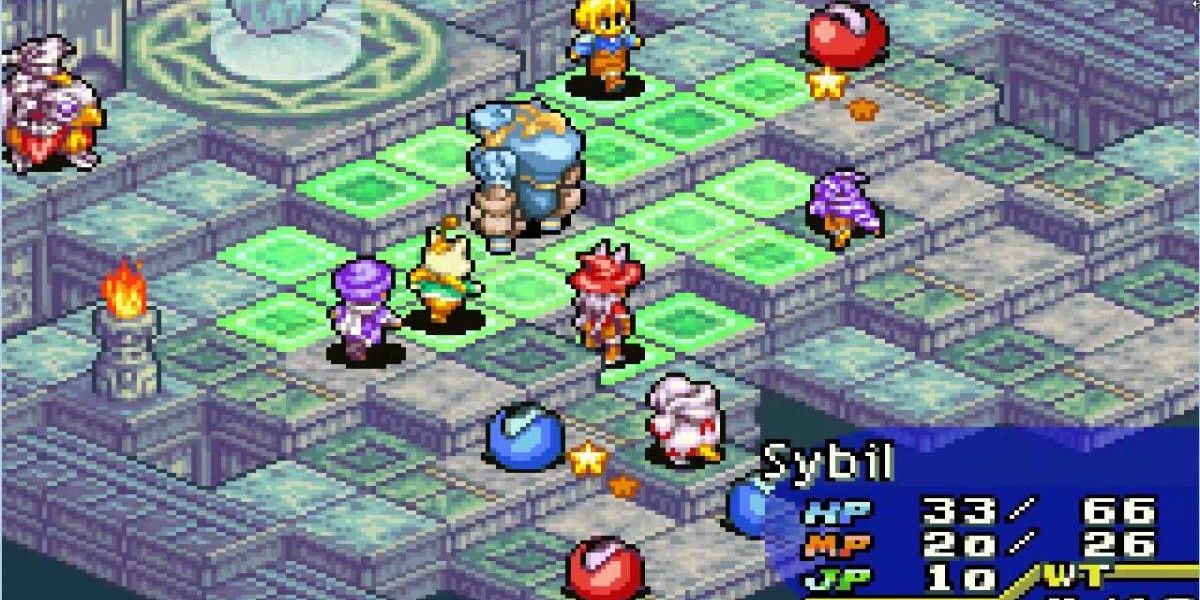Square Enix's Final Fantasy series comes with stories detailing dozens of worlds. With each game comes new characters, narratives, and new theories. Some mysteries remain unsolved while others might have been overlooked.
With that being said, perhaps it's time to look into some of these theories. While nothing remains confirmed, one of the joys of Final Fantasy is exploring possibilities.
Please be mindful of spoilers for the first ten games as well as Final Fantasy Tactics.
10 Final Fantasy VII - Sephiroth is in Control
Sephiroth hounds the protagonist, Cloud, throughout the game. Moreover, he's responsible for the atrocities and mass-murder across several Shinra facilities. However, the truth later shows that Sephiroth is frozen within a hunk of Mako while buried in the Lifestream.
It should not be physically possible for Sephiroth, armed with Masamune, to roam the Planet. However, even when using Jenova, perhaps he can use telepathy. He continues to torment Cloud until Tifa awakens him in the Lifestream. By sending his will to the remnants of Jenova that appear, Sephiroth had been masterminding his crusade all the way to the end when Cloud confronted him within the North Cave.
9 Final Fantasy Tactics - Ramza and Alma Survived
The end of Final Fantasy Tactics pits the protagonist, Ramza Beuolve, against St. Ajora. Now possessed by Ultima, this god-complex Lucavi seeks to return to the surface from the Airship Graveyard. However, Ramza and his team stop her from achieving this goal.
In doing so, her destruction creates an explosion that ends in the supposed death of Ramza and his sister. While Ramza and Alma are documented as dead, their bodies were never found. In the ending, Ramza and Alma are seen riding Chocobos in the field distant from their home. At face value, this confirms they lived quietly and hid within the world to avoid any pursuers from their past.
8 Super Mario RPG - Culex Originates from the Final Fantasy Realm
This wild card comes from another Square Enix title released for the SNES. In Super Mario RPG, fulfilling a side-quest allows Mario to battle the superboss of the game within Monstro Town. The music in the fight consists of three classic Final Fantasy themes as well as a battle against the four elemental crystals.
The four elemental crystals play a major role in the original Final Fantasy titles. Instead of being an arbitrary reference, perhaps Culex's design and origin come from the Final Fantasy universe. Unfortunately, Culex has never appeared in a single Final Fantasy game.
7 Final Fantasy Tactics - Delita is the Good Guy
Delita, Ramza's longtime friend, keeps distance between the two in order to achieve his goals. He gets into the good graces of political leaders, however, he ends up betraying them in order to pursue the leadership of Ivalice.
Upon the ending, Delita is crowned King of Ivalice. After marrying Ovelia, she resents him and accuses him of using her. Attacking Delita in rage, Delita retaliates and kills his wife in self-defense. While he may be seen as manipulating the politics in order to become crowned king, Delita took out corrupt officials in order to lead Ivalice into a better future.
6 Final Fantasy IV - Inspired Heavily by Star Wars
The popular space-opera film trilogy, Star Wars, undoubtedly inspired many works of media. "Biggs" and "Wedge" are even characters in recurring Final Fantasy. However, Final Fantasy IV featured the biggest influences of them all.
Golbez tries to recruit Cecil and mentally torment him similar to Darth Vader's struggle with his son, Luke. Similarily, Golbez is Cecil's older brother. Cecil even struggles with his own dark side but gains a glowing sword when he awakens and masters his power. Furthermore, the Red Wings are a nod to the Imperial Army from the Star Wars as well. And finally, both Golbez and Darth Vader were being used by a higher power.
5 Final Fantasy I - Multiverse
In Final Fantasy, the game starts with rescuing Cornelia's princess from the evil knight, Garland. Throughout the game, the characters will face the four elemental fiends. Once they travel back in time, they encounter the fiends once more before encountering Garland in the end.
Garland's whole purpose was to throw the world into a time loop where he never truly dies. However, how did he appear in the past after dying in order to do this? Did the fiends revive him in a singular timeline or did the characters travel back and forth through a multiverse?
4 Final Fantasy II - Mateus Conquered Heaven
When the party defeats the Emperor of Palamecia, they encounter him once more in hell. As their friends perish, they wind up in heaven. However, the city of Arubboth was taken over by fiends.
Why a major city in heaven is taken over by a human emperor was never explained. However, was God present or even existent in the world? The Final Fantasy series features different deities, and while Arubboth appears in the Bible, there is no telling if it was the Christian God that would rule over the universe of Final Fantasy II. However, He would not let Mateus reign unless he somehow found a way to conquer him.
3 Final Fantasy X - Jecht Maintained Some Control of Sin
The harbinger of destruction, Sin, has tormented the world of Spira for many years. The cycle of summoning involves the pilgrimage, the Final Aeon, and eventually, the sacrifice of the summon. This calm lasts a decade before Sin returns to ravage worlds.
Sin is sent, by Yu Yevon, to ravage the regions of Spira particularly those that use Machina. However, Jecht not only transported Tidus away from Zanarkand but even chose not to attack. After defeating Yunalesca, Tidus encountered Sin and asked for a little more time before they would eventually fight.
2 Final Fantasy IX - Hill of Despair
When the party climbs Memoria, they encounter Kuja once more. In this battle, Kuja attempts to wipe out the party using his Trance ability. Seemingly dead, the party enters a realm where they encounter the final boss of the game, Necron.
In the Hill of Despair, the party fights against a deity who's hellbent on reducing the world to obliteration. However, one could assume the party died fighting Kuja and went to the afterlife to encounter Necron. However, that would not explain why they still live after returning from the Hill of Despair. It is worth noting, however, that the beginning of Necron's final battle theme consists of anguished screams akin to a purgatorial plane. However, it does not confirm that the party died.
1 Final Fantasy Tactics Advance - Marche is the Bad Guy
The protagonist, Marche, is warped into the Final Fantasy realm of Ivalice along with his friends and the rest of his city's folks. They enjoy and embrace this fantasy realm. However, Marche believes it is escapism.
By seeking to end this fantasy world, Marche ruins the dreams of everyone, including bringing his once-crippled brother, Doned, back into a wheelchair. While Marche's goal to set the world back the way it was seems right, not everyone would agree with taking everyone's perceived happiness away.

